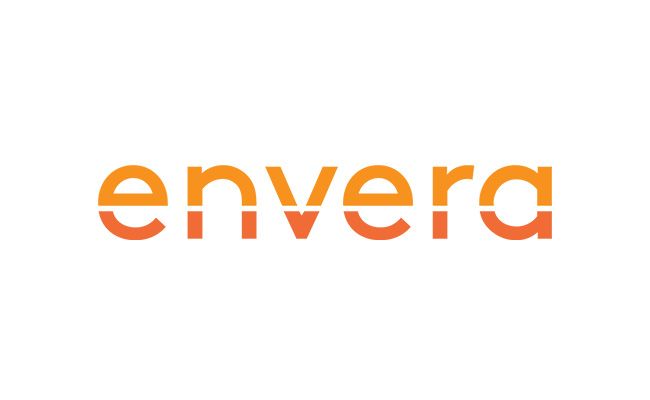CXOne Personal Connection
- Introduction
- Why Authentication in Chat Is Challenging
- Goals of Chat-Based Authentication
- Authentication Techniques for Chat-Based Customer Support
- Architecture of a Secure Chat Authentication System
- Security Best Practices
- Persona-Specific Benefits
- Key KPIs to Measure
- Deployment Strategy
- Comparison Table: Authentication Methods
Introduction
As customer engagement shifts toward digital channels, chat has become a preferred support medium—whether via web, mobile app, social media, or messaging platforms. But with convenience comes risk. Unlike voice channels, where caller ID and voice biometrics may aid authentication, chat lacks native signals, making secure identity verification more complex.Chat-based authentication techniques aim to verify customers in real time, balancing low friction with high security. These methods must work across bots and human agents, integrate with existing systems, and comply with evolving data protection regulations.This guide explores the key authentication methods, integration architecture, security considerations, and deployment strategies to help NiCE clients protect customer data and deliver trusted digital service.Why Authentication in Chat Is Challenging
- No voice signature or behavioral cues
- Multiple device handoffs and session risks
- Limited visual feedback
- Text-based social engineering threats
- Increased expectations for seamless digital CX
Goals of Chat-Based Authentication
- Validate identity quickly and accurately
- Protect against fraud and account takeovers
- Avoid overburdening users with repetitive questions
- Ensure compliance with GDPR, CCPA, HIPAA, PCI-DSS, etc.
- Provide extensibility across AI bots and live agents
Authentication Techniques for Chat-Based Customer Support
1. Knowledge-Based Authentication (KBA)
Traditional method using static questions (e.g., mother's maiden name, last purchase, billing zip code).Pros: Easy to implement, agent-friendlyCons: Easily compromised, high friction, not bot-friendly
Use Cases: Backup method for low-risk accounts
2. One-Time Password (OTP) via SMS or Email
Temporary codes sent to verified contact details.Pros: Familiar to users, secure if endpoints are safeCons: Vulnerable to SIM swap and email compromise
Use Cases: Medium-trust verification, account changes, or high-risk requests
3. Chat Tokenization & Session Handoff
When a user logs in through a secure portal or app, a token (JWT, OAuth) is generated and passed to the chat session via API.Pros: Seamless, highly secure, no manual inputCons: Requires SSO or integrated systems
Use Cases: Web/app chat, authenticated customer portals
4. Device and Behavioral Biometrics
Tracks device ID, typing cadence, geolocation, or historical behavior to build a trust score.Pros: Frictionless, passive authenticationCons: Requires ML models, privacy considerations
Use Cases: Ongoing session validation, bot protection, fraud detection
5. Customer Profile Validation (CRM Match)
Compares entered data with known CRM records (e.g., account number, last 4 of phone).Pros: Quick, structuredCons: Can be guessed or spoofed if fields are limited
Use Cases: Supplement to other forms of authentication
6. QR Code-Based Login for Secure Channel Switch
Customers in a public chat can scan a QR to authenticate in a private, secure app and pass tokenized auth to the session.Pros: Secure, mobile-firstCons: Adds friction, requires second device
Use Cases: Escalation from guest to authenticated session
7. Verified Identity Providers (3rd Party SSO)
Leverage federated identity providers (e.g., Google, Apple, banking partners) for instant auth.Pros: High assurance, reduces password fatigueCons: Integration required, limited fallback
Use Cases: Account access, payments, or sensitive transactions
Architecture of a Secure Chat Authentication System
1. Identity Broker Layer
Handles token validation, session mapping, and escalation between bots and agents.- Supports OAuth2, SAML, OpenID Connect
- Validates and signs JWTs for session persistence
- Bridges CRM and authentication providers
2. Bot-to-Agent Context Preservation
Authentication state must persist across system transitions.- Session handoff API with context object
- Transferred via WebSocket or backend sync
- Access logs updated for audit compliance
3. Risk-Based Authentication (RBA)
Dynamic trust scoring determines the level of challenge required.- Inputs: IP reputation, typing behavior, location mismatch
- Low-risk: passive auth
- High-risk: enforce OTP + KBA + delay
- Enforced by policy engine or ML model
4. Audit and Compliance Logging
Every auth attempt, method used, success/failure, and user consent must be logged.- Required for PCI, HIPAA, GDPR, SOC 2
- Can be stored in SIEM or audit trail systems
Security Best Practices
- TLS 1.3 encryption for all data in transit
- End-to-end session validation for all escalations
- Time-bound token expiration and refresh flows
- IP allowlists or geofencing for sensitive operations
- Anomaly detection for multiple auth failures or replay attacks
- PII redaction for KBA inputs post-authentication
Persona-Specific Benefits
For Customers
- Frictionless login across devices
- Trust that their identity is protected
- No need to repeat information after escalation
For Agents
- Instant confidence in customer identity
- Less manual validation work
- Streamlined chat-to-case transitions
For Supervisors & Security Teams
- Track authentication health across sessions
- Proactively identify risk and fraud patterns
- Prove compliance during audits
For Bot Developers & Architects
- Shared auth framework across channels
- Support for hybrid bot/agent workflows
- Integrate auth outcomes into routing logic





